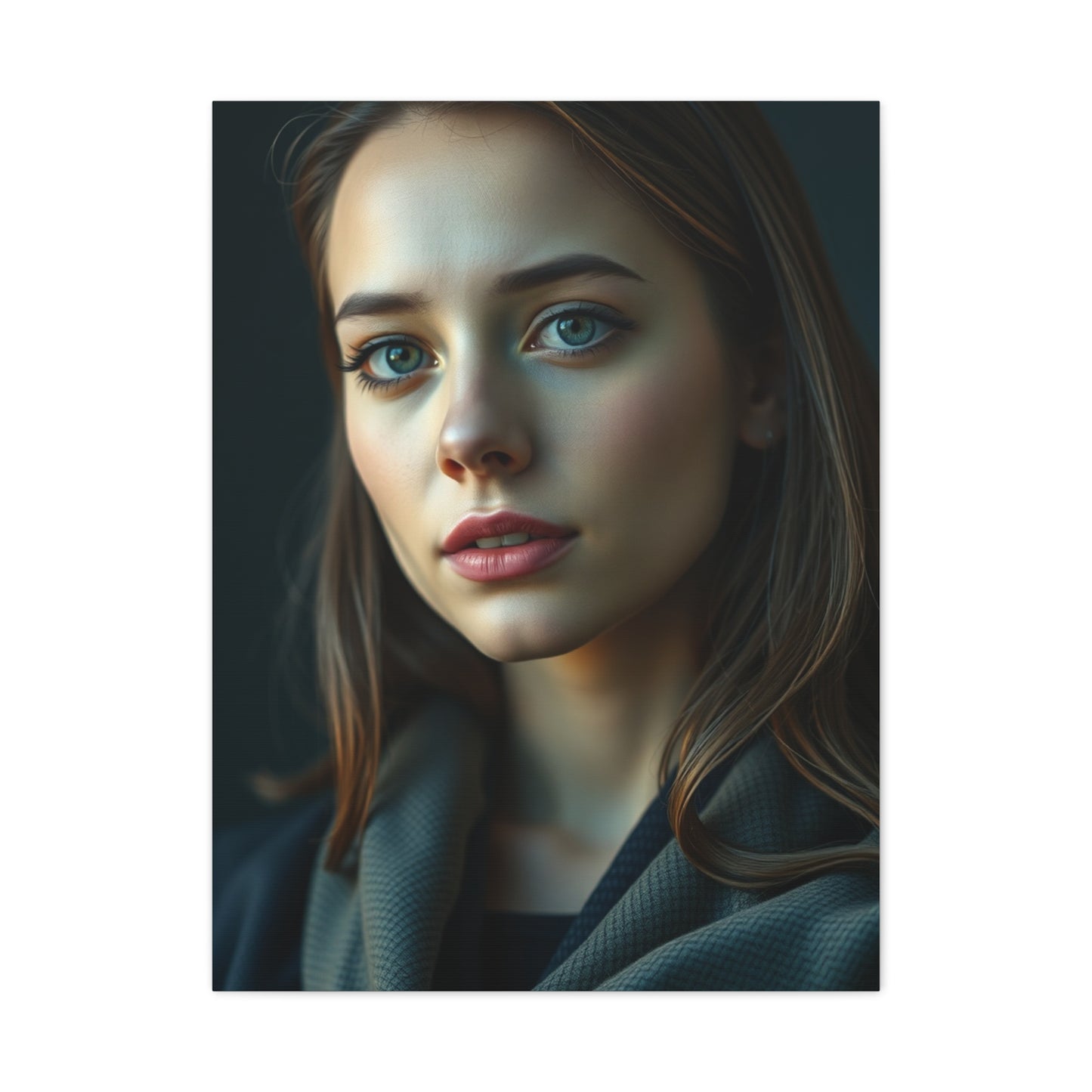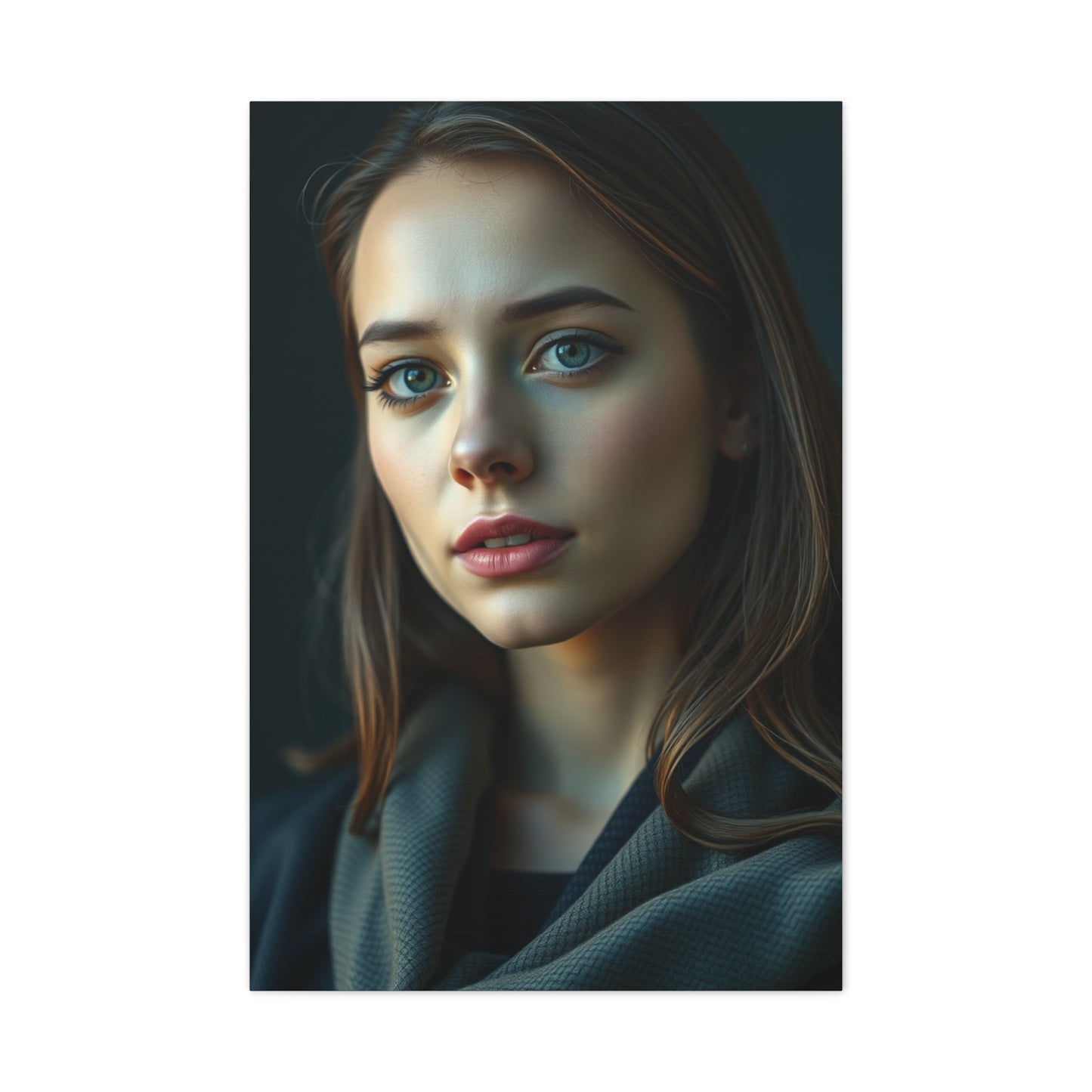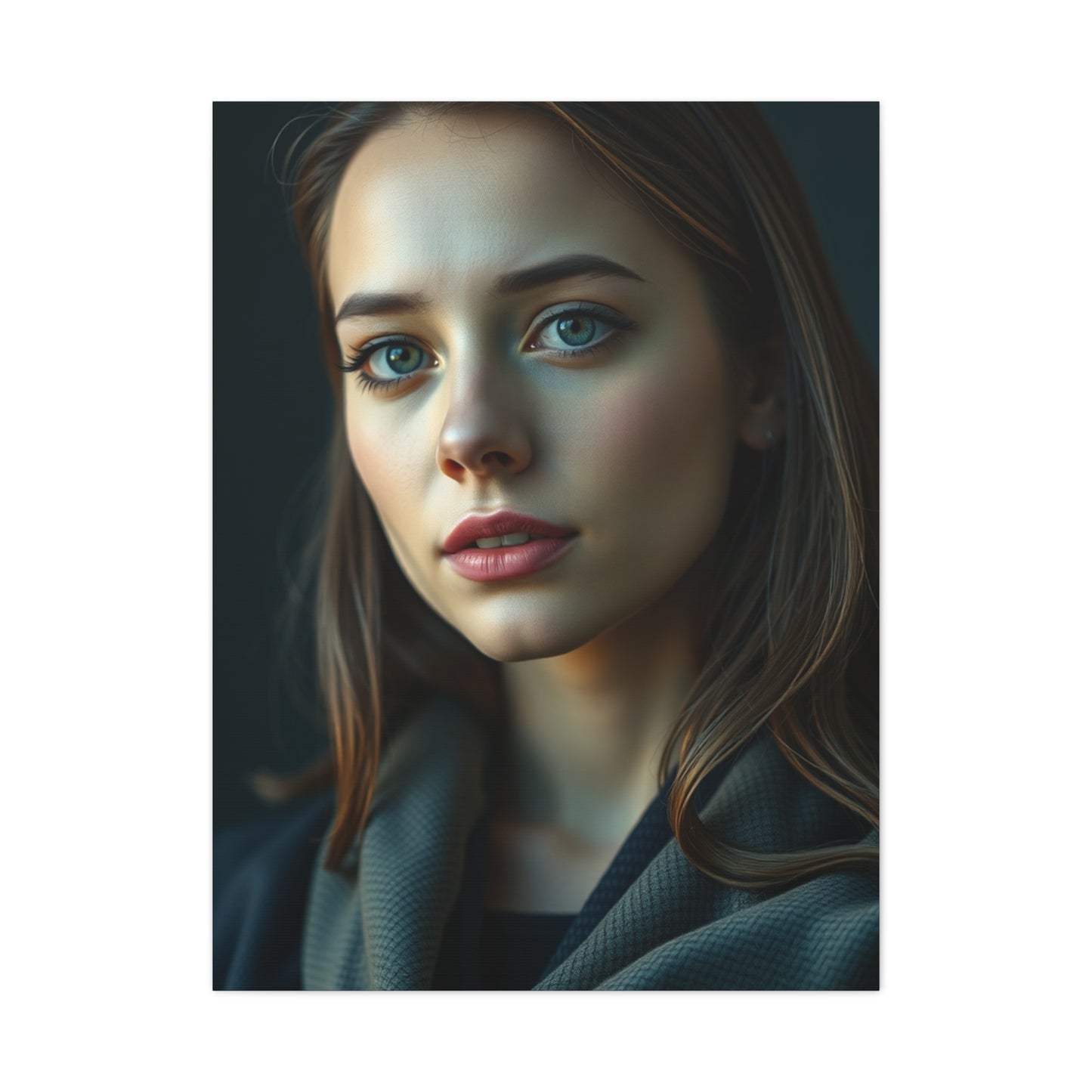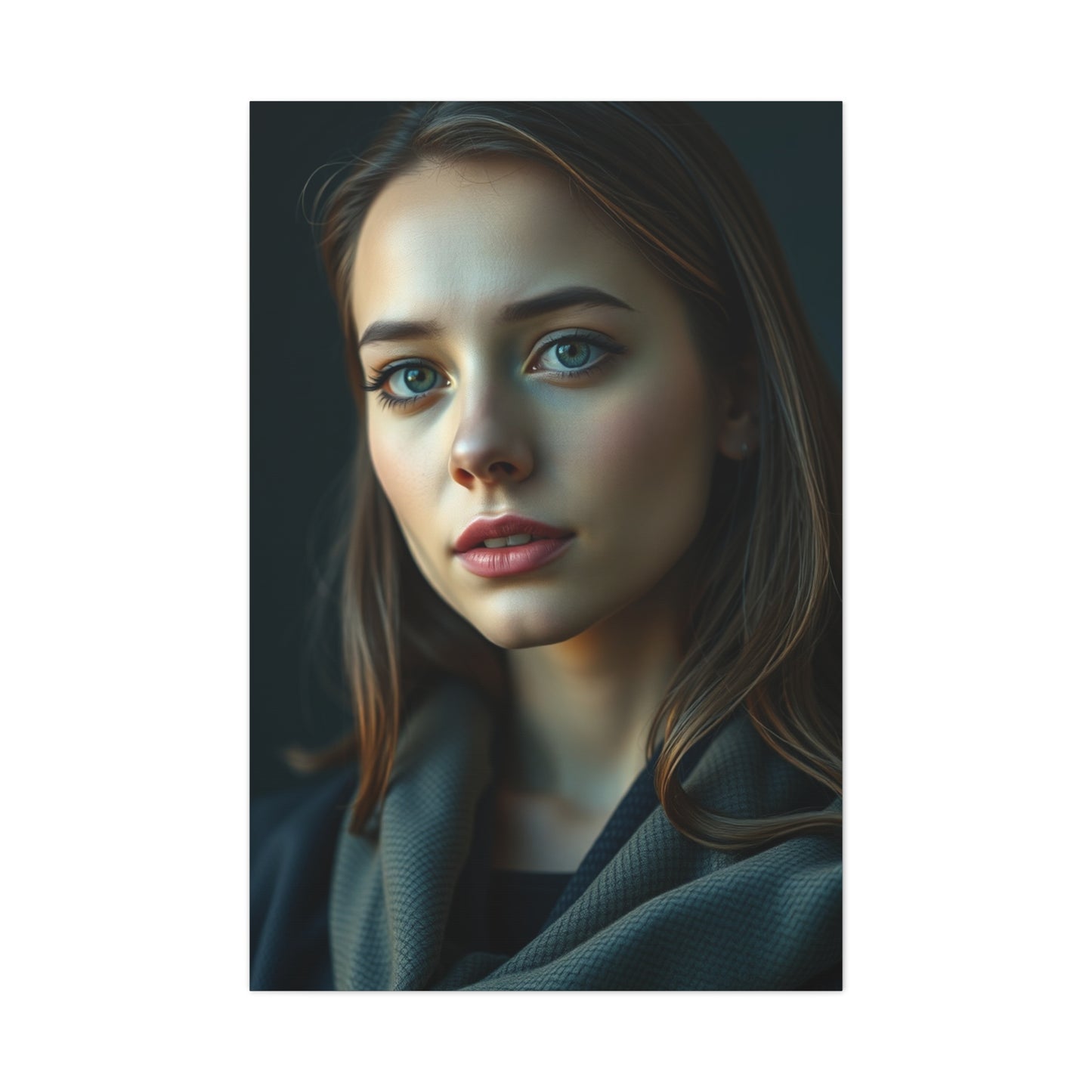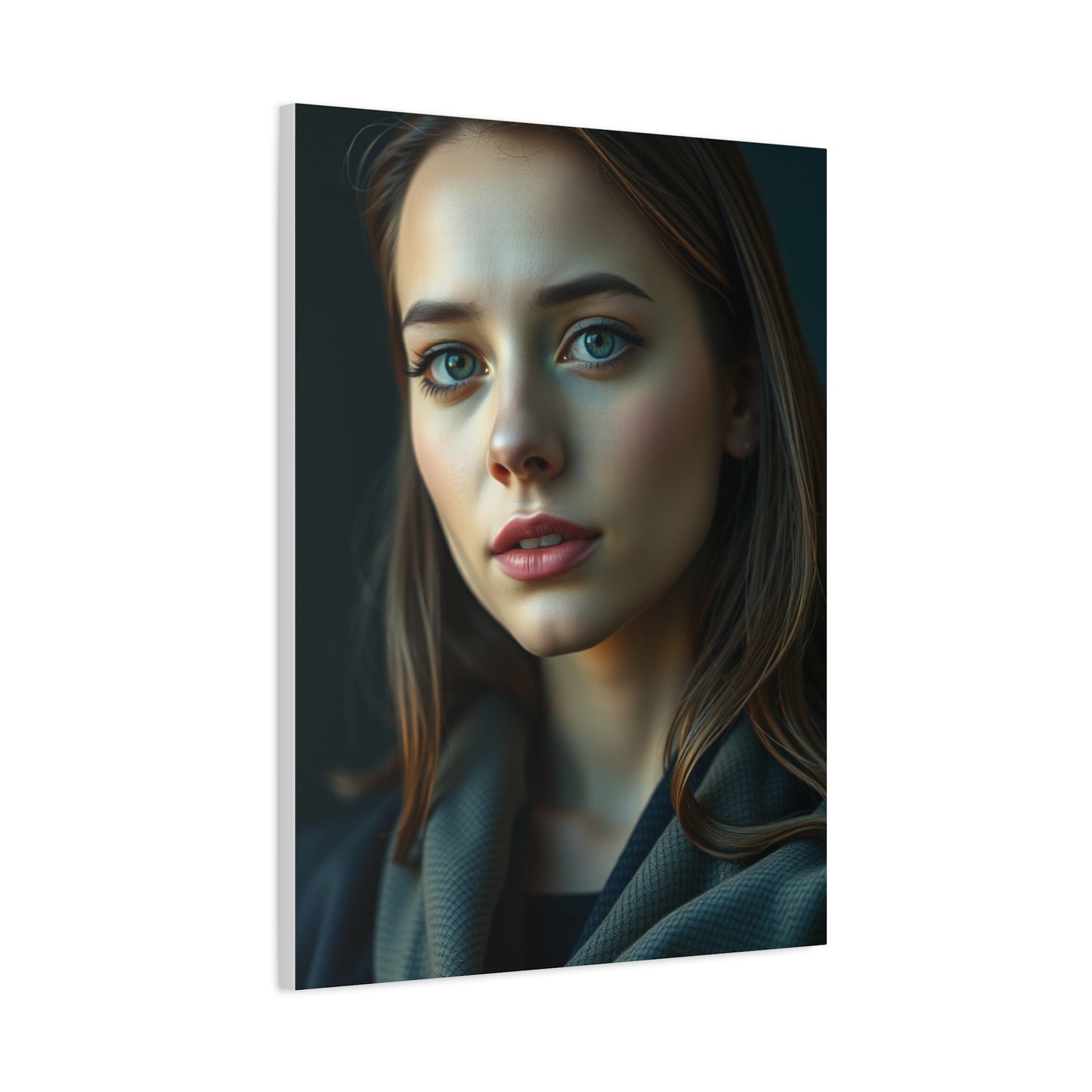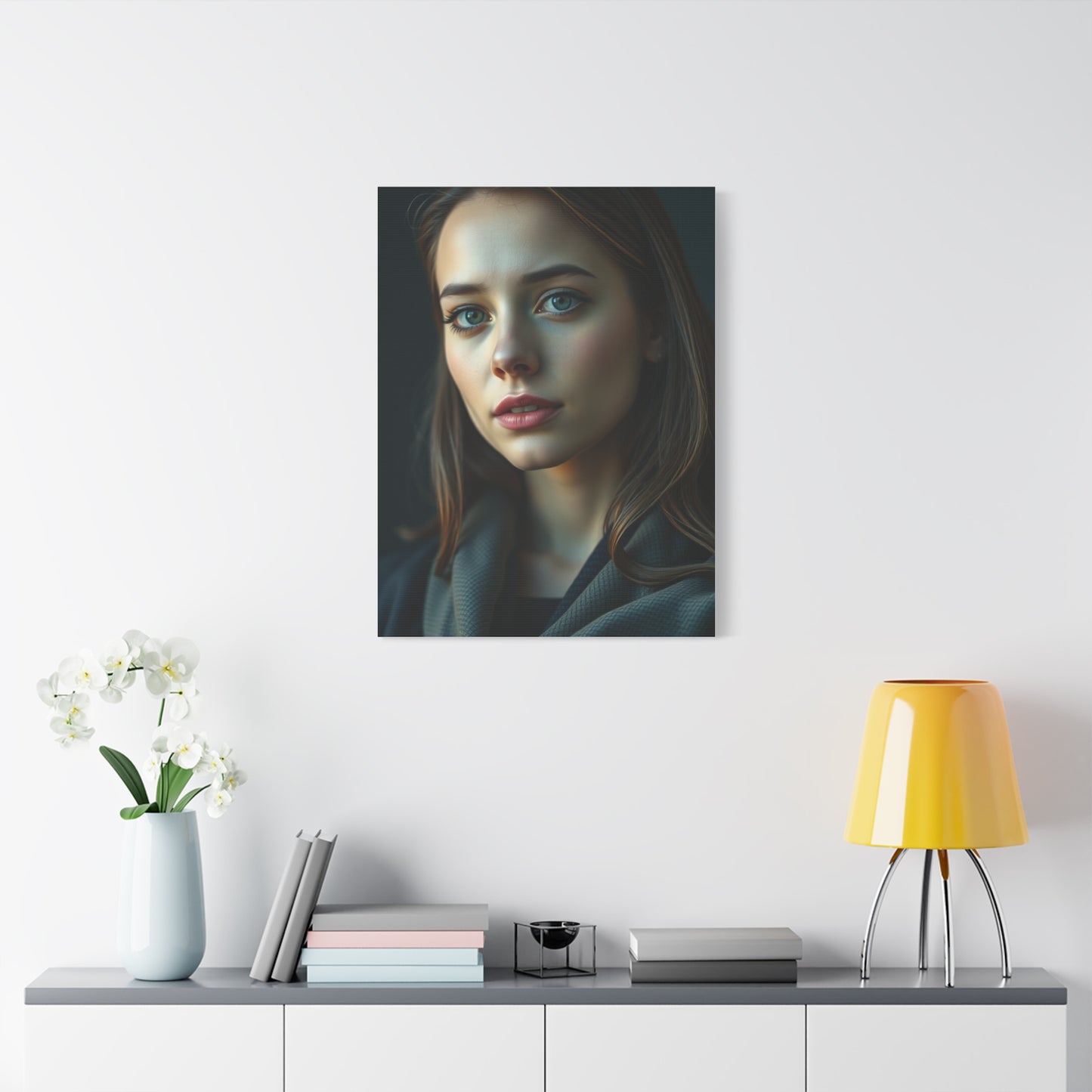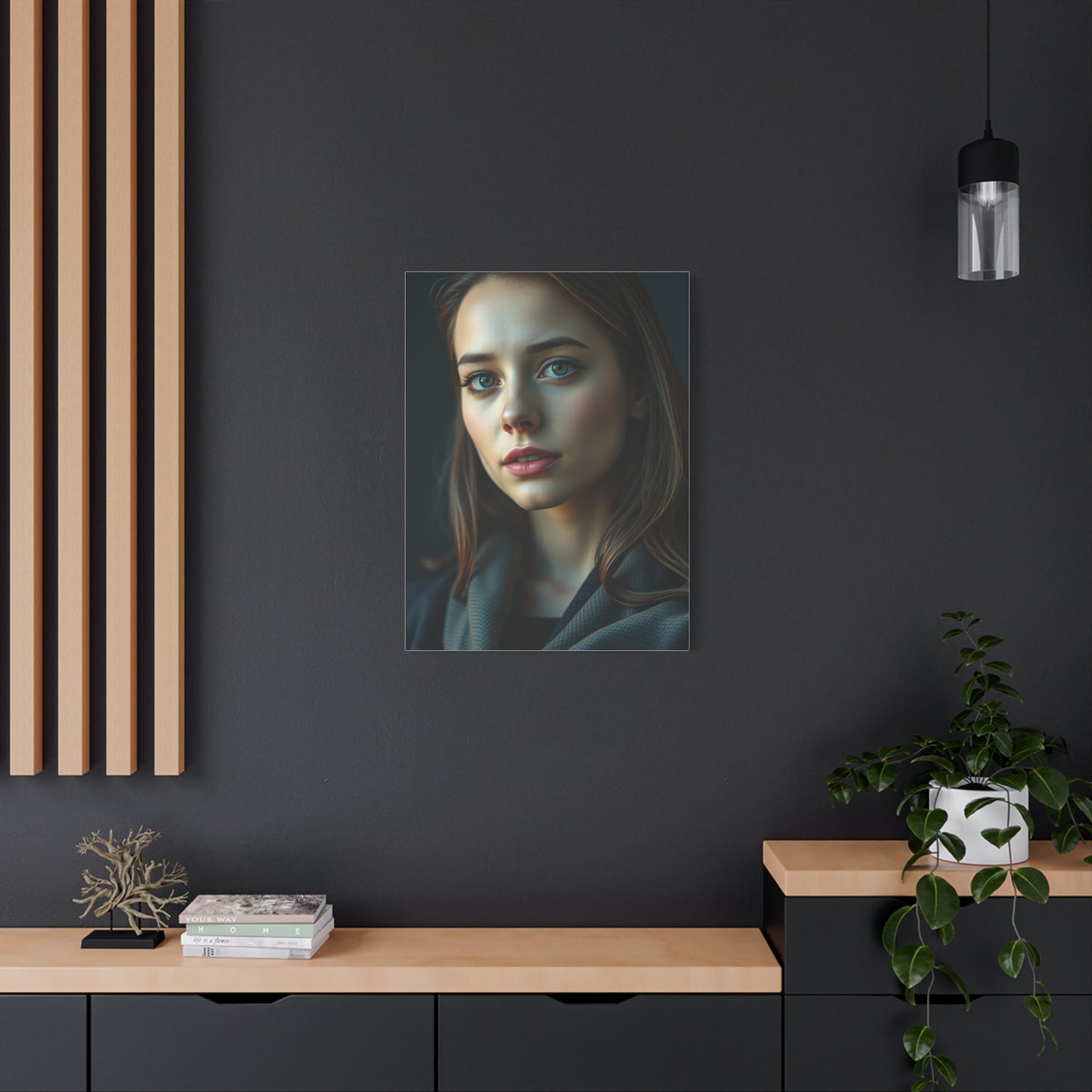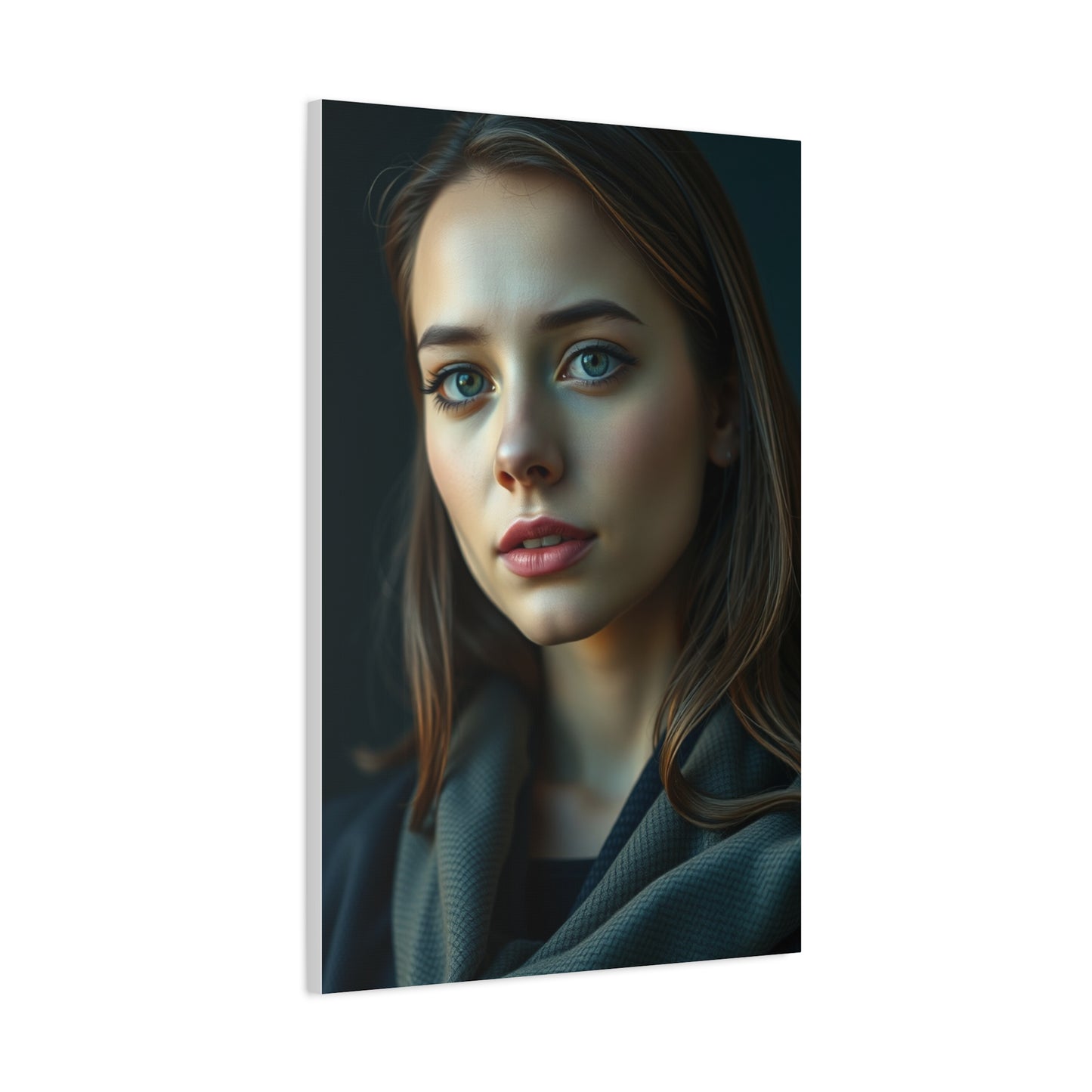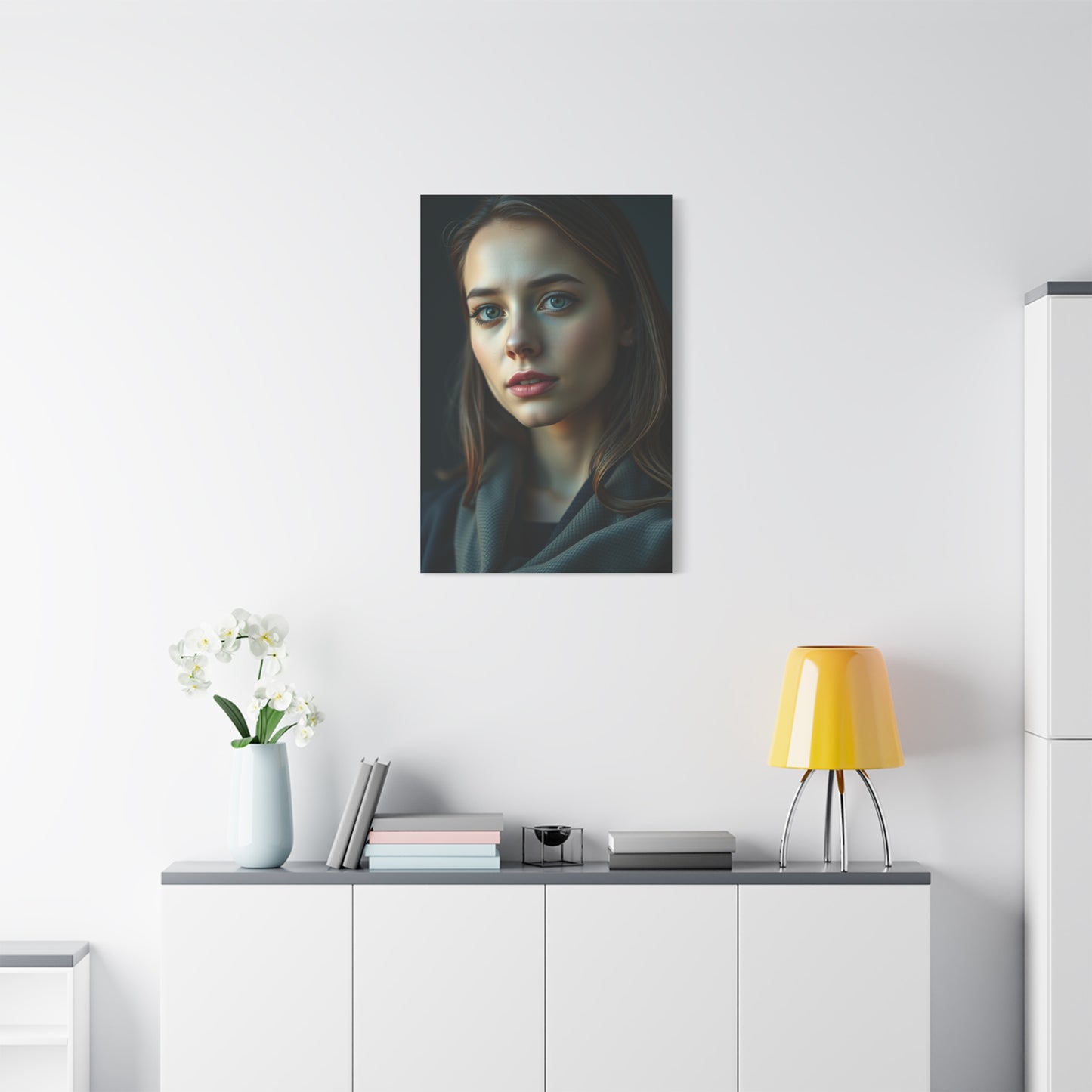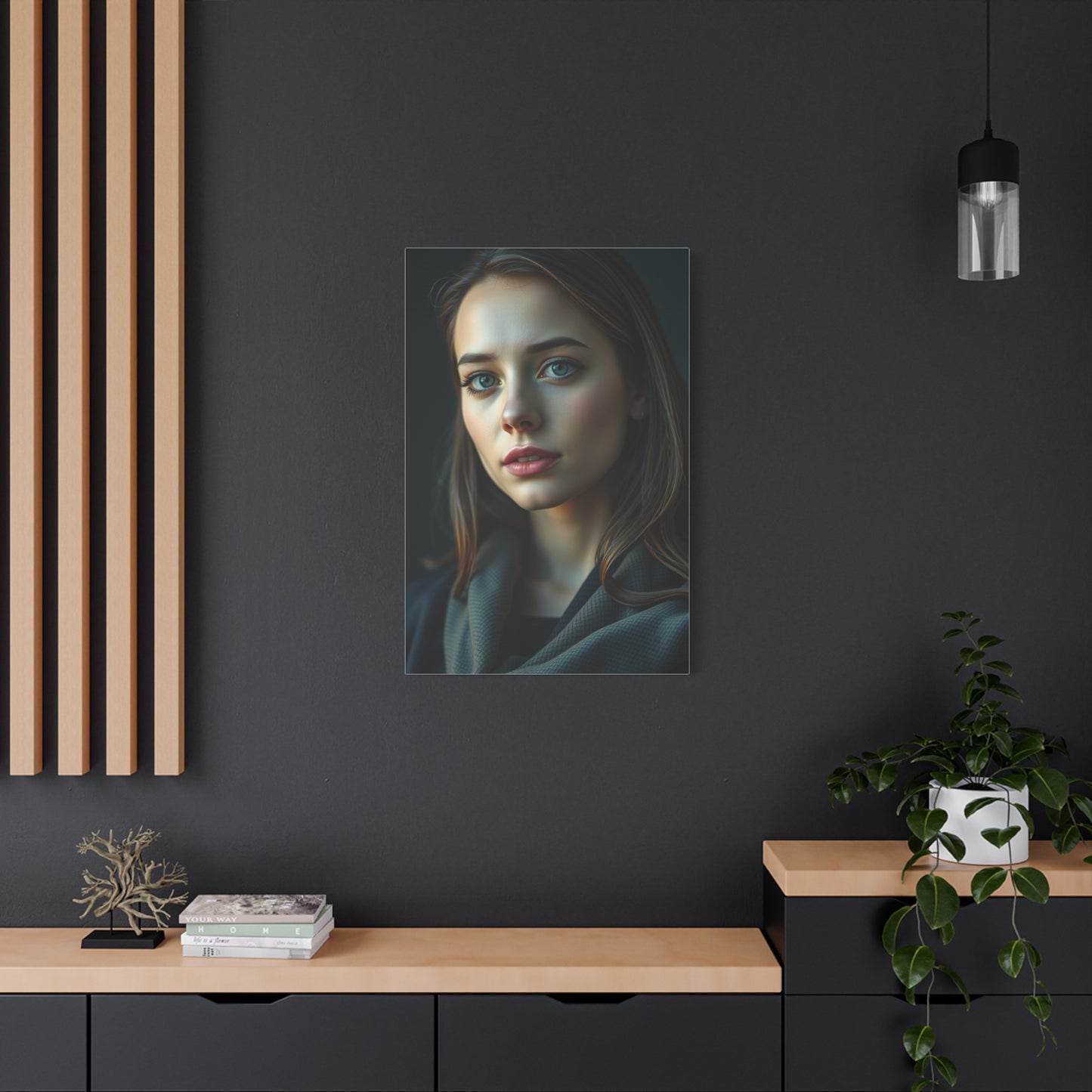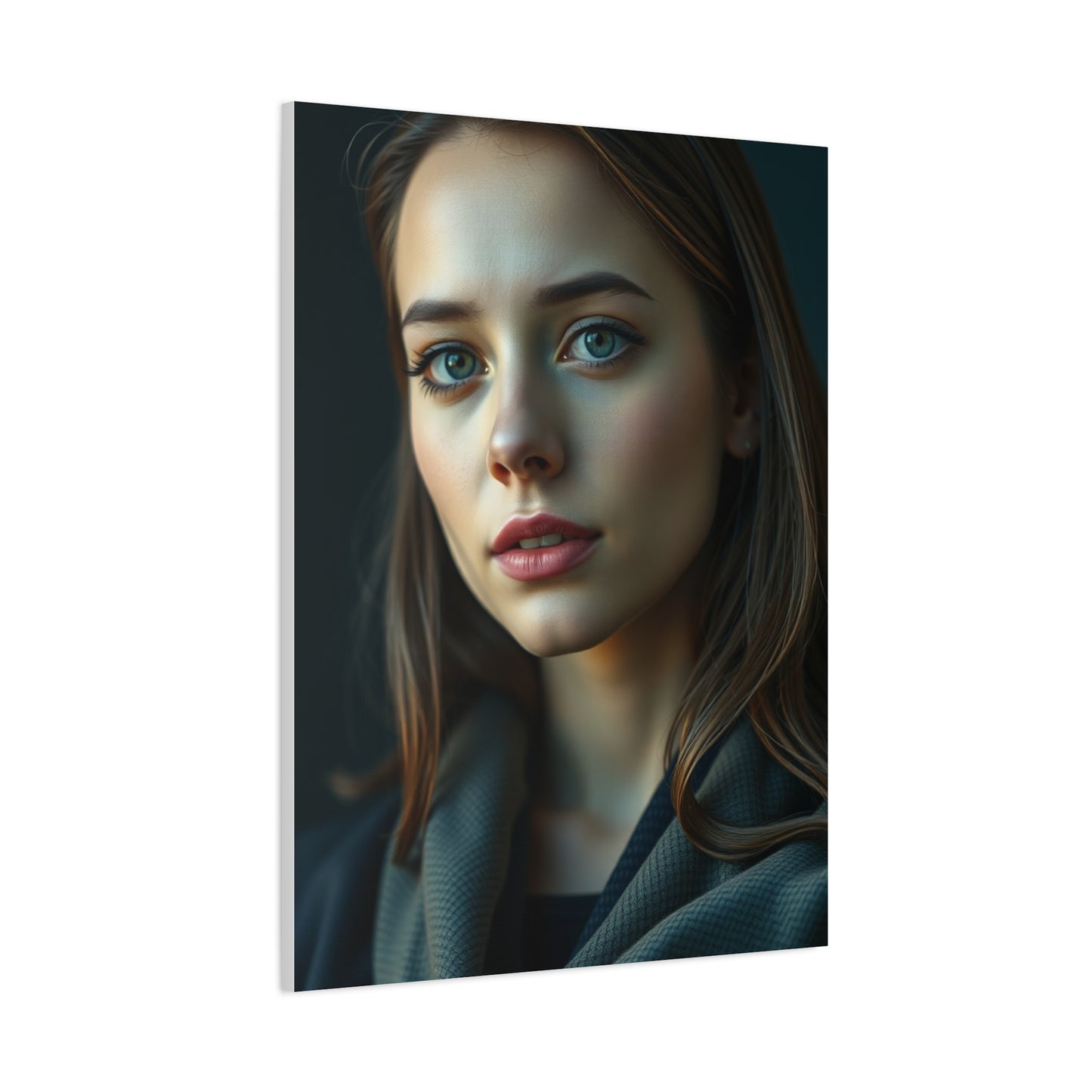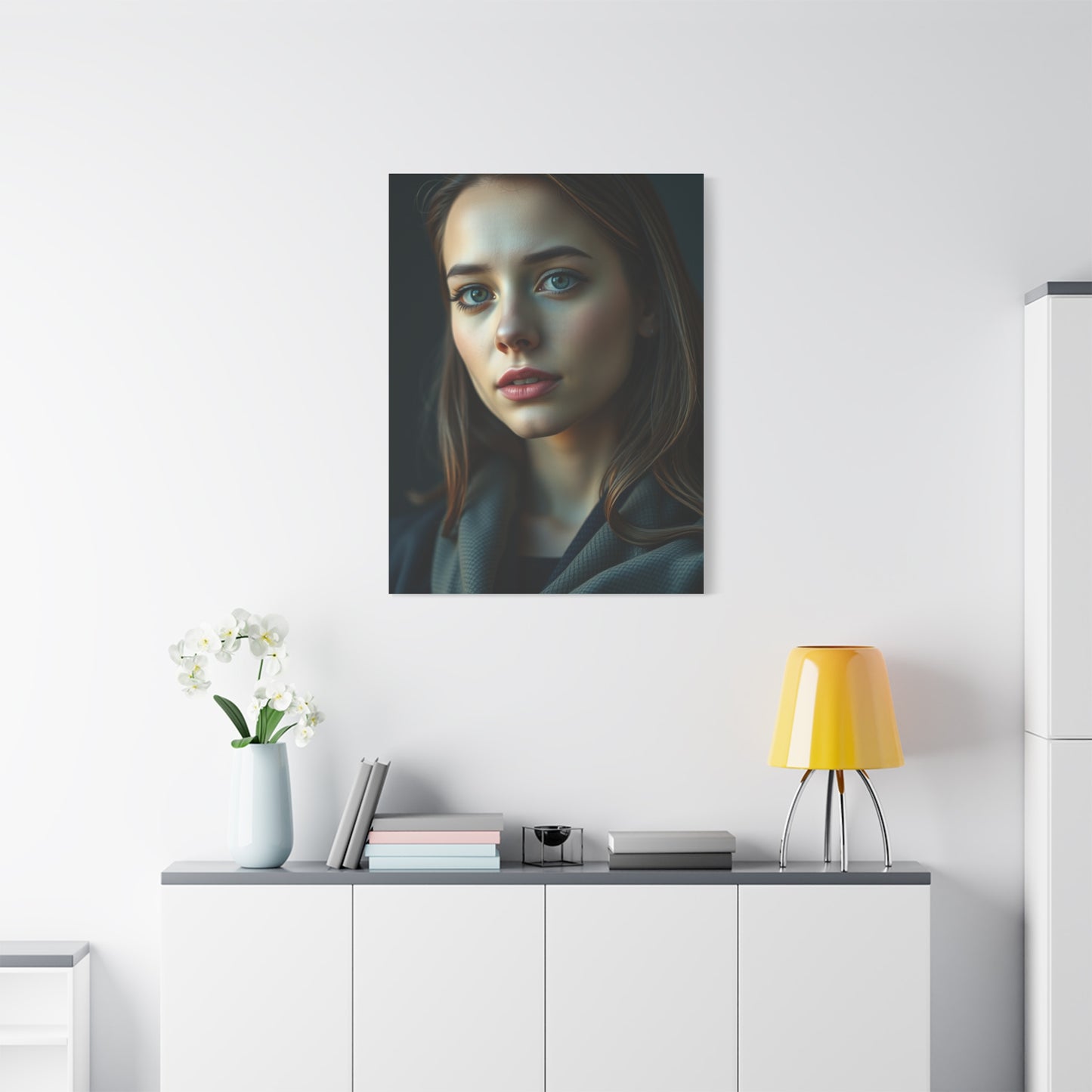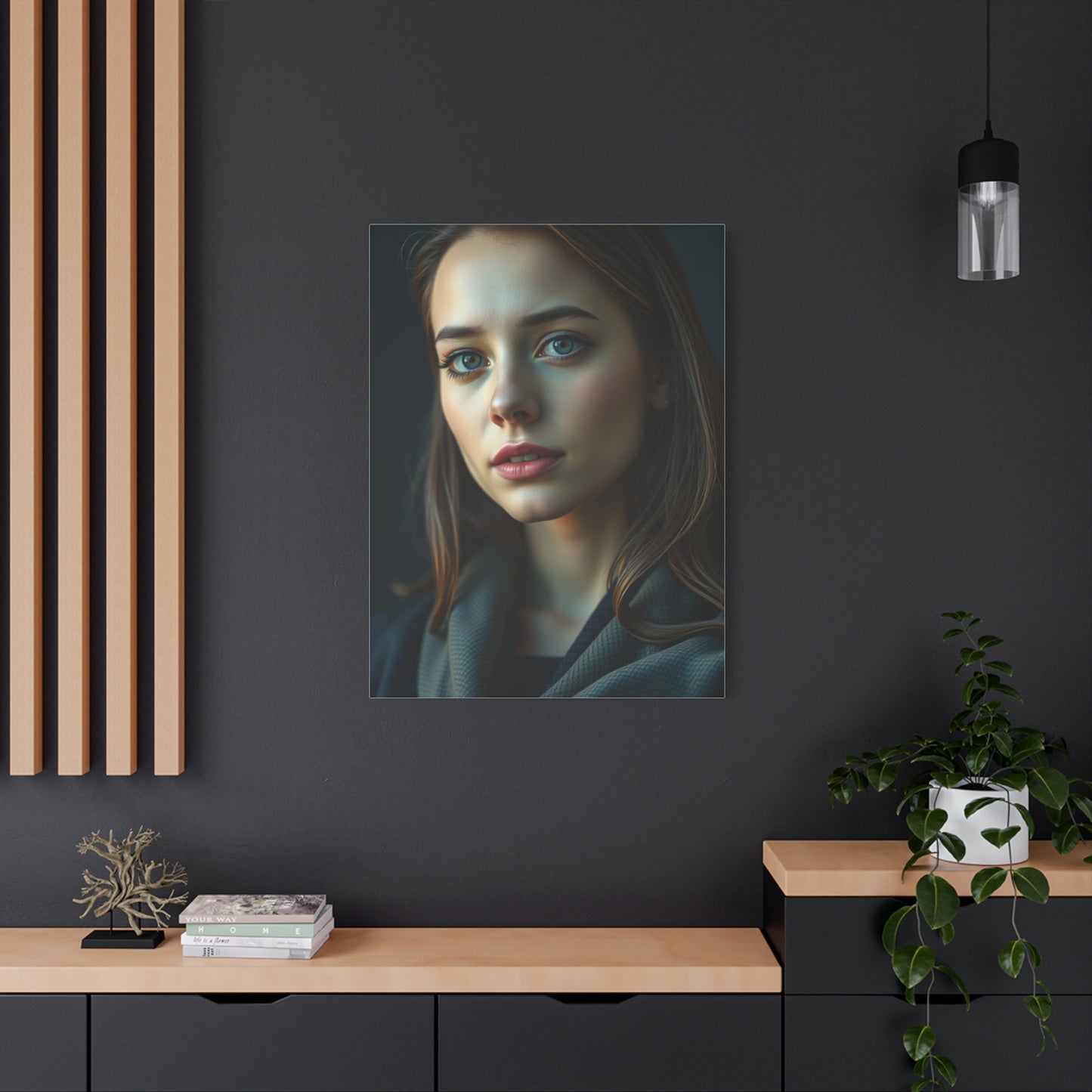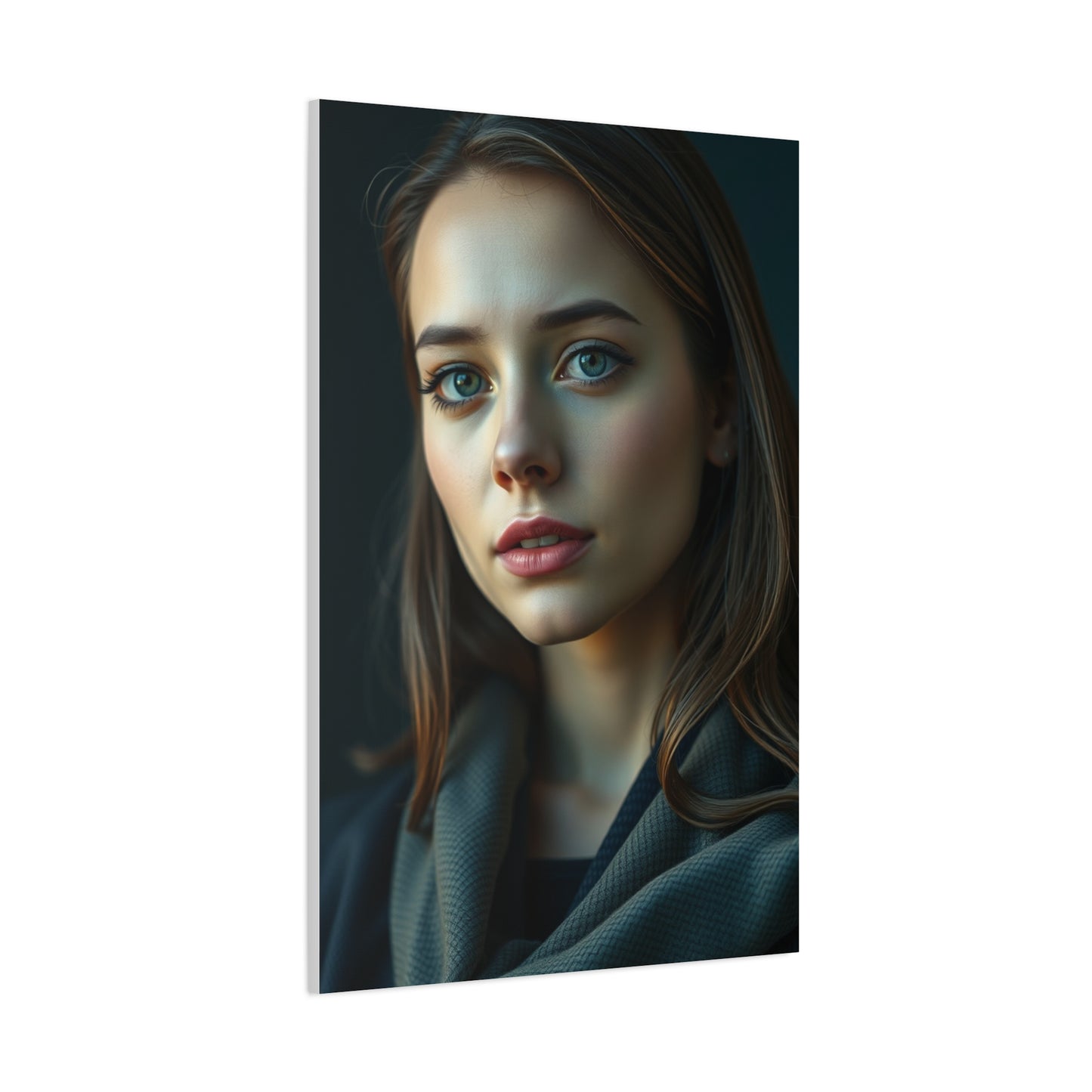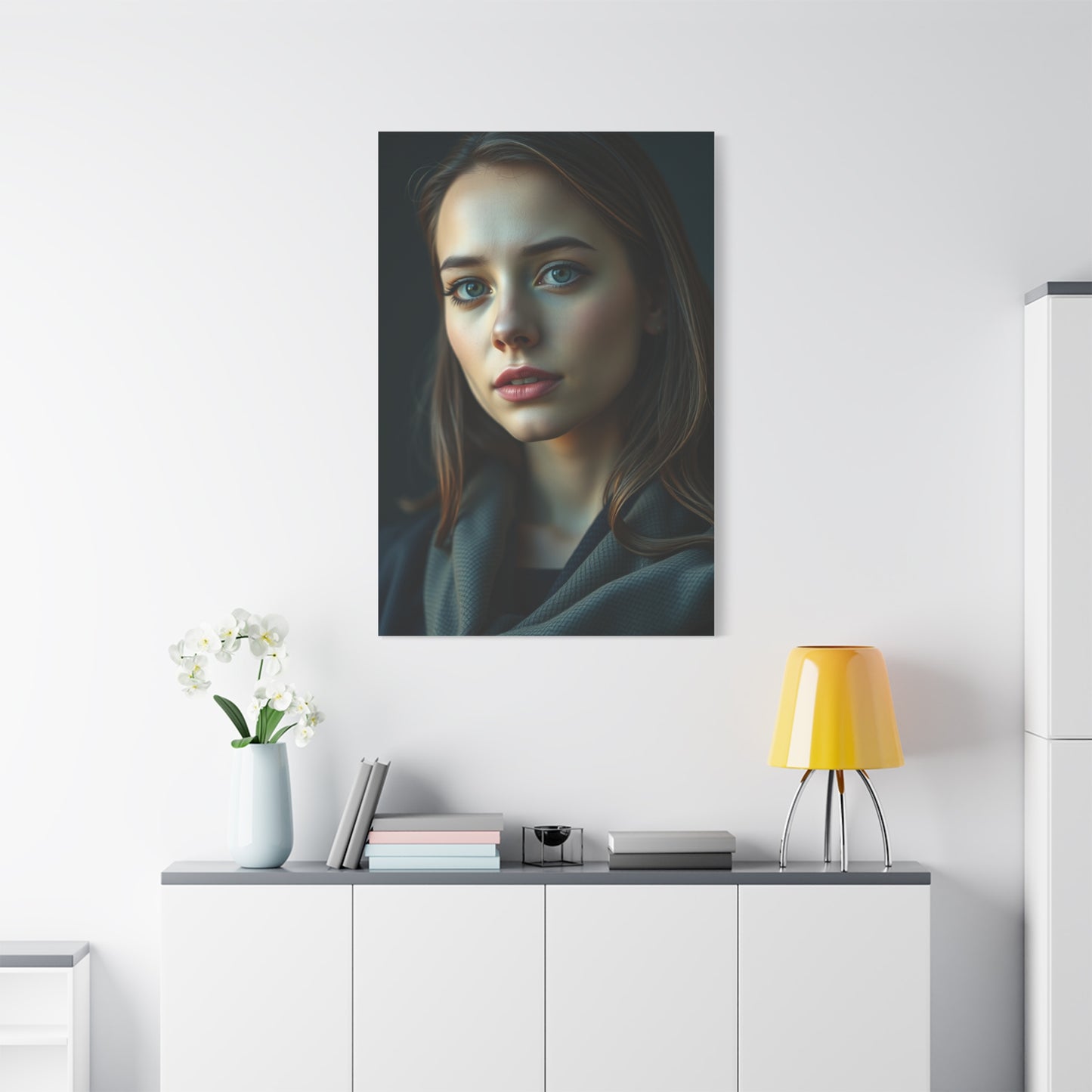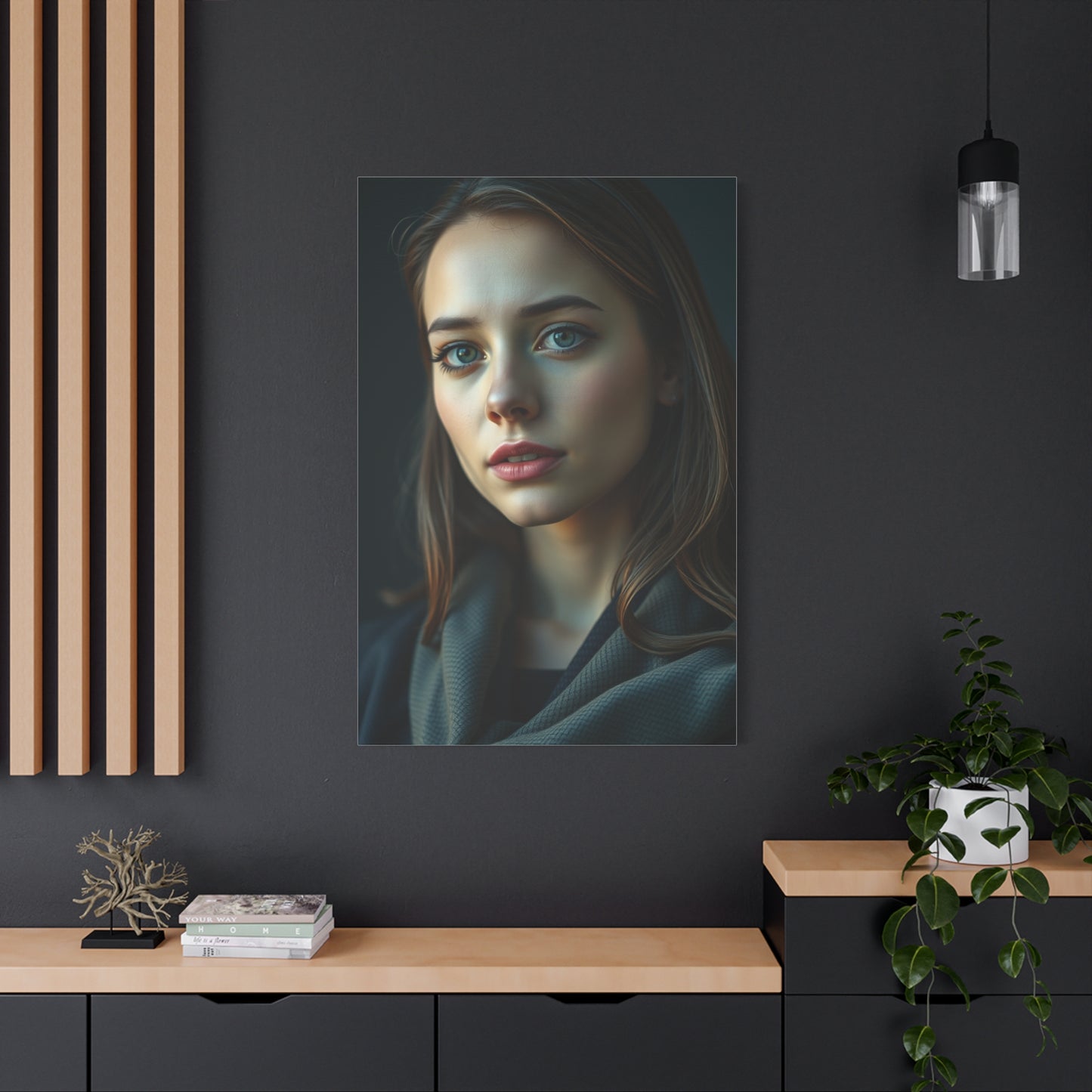How Structure Enhances Aesthetics in Refined Audit Canvas Masterpieces
The world of canvas artistry represents one of humanity's most enduring forms of creative expression, where skilled artisans combine technical precision with artistic vision to create breathtaking visual experiences. In today's competitive art market, the demand for exceptional quality has never been higher, driving artists and manufacturers to implement rigorous quality assurance processes that ensure every piece meets the highest standards of excellence. This comprehensive exploration delves deep into the intricate world of canvas masterpiece creation, examining how meticulous attention to detail and systematic quality evaluation processes contribute to producing wall art that stands the test of time.
The Foundation of Exceptional Canvas Art Creation
Creating exceptional canvas wall art begins with understanding the fundamental principles that separate ordinary artwork from extraordinary masterpieces. The journey starts with selecting premium materials that form the backbone of any outstanding piece. High-grade canvas materials, sourced from reputable suppliers, provide the essential foundation upon which artistic visions come to life. These materials undergo rigorous testing to ensure they possess the necessary durability, texture, and absorption properties required for professional-quality artwork.
The preparation phase involves careful consideration of canvas weight, weave patterns, and surface treatments that will ultimately influence the final appearance and longevity of the finished piece. Experienced artisans understand that shortcuts taken during this initial phase inevitably compromise the overall quality of the end product. Professional-grade primers and preparatory coatings are applied using time-tested techniques that have been refined over generations of artistic practice.
Canvas selection extends beyond mere material considerations to encompass dimensional accuracy, edge finishing, and mounting compatibility. Each canvas must be measured precisely to ensure perfect alignment with intended display requirements. The corners require special attention, with reinforcement techniques applied to prevent stretching or distortion over time. These seemingly minor details contribute significantly to the overall professional appearance and longevity of the finished artwork.
Temperature and humidity control during the preparation phase play crucial roles in maintaining material integrity. Proper environmental conditions prevent premature aging, color shifting, and structural weaknesses that might not become apparent until years after installation. Professional studios maintain carefully controlled atmospheric conditions throughout the entire production process, recognizing that environmental factors significantly impact both immediate workability and long-term stability.
Understanding Structure in Art
Structure in painting refers to the deliberate organization of visual elements—lines, shapes, colors, spaces—within the frame. It is akin to the architectural blueprint of a building, providing order and stability. Without a strong structure, even the most vibrant palette or striking brushwork can feel chaotic or unresolved.Artists use various compositional strategies to create structure, including symmetry and asymmetry, the rule of thirds, focal points, repetition, and balance. These elements work together to create a rhythm and flow that engages the viewer and sustains interest.In refined canvas masterpieces, where minimalism and subtlety often dominate, structure gains added importance. Because the artworks rely less on dramatic imagery or intense color contrasts, the arrangement of shapes and spaces must be meticulously considered to maintain visual intrigue.
The Role of Balance and Symmetry
Balance is a fundamental aspect of structure that contributes directly to the aesthetic harmony of a piece. Symmetrical compositions—where elements are evenly distributed—evoke feelings of stability, calm, and order. This can be especially effective in refined artworks aiming to inspire tranquility or contemplation.However, asymmetrical balance is equally powerful and often favored in contemporary refined art. By offsetting elements of different visual weights—such as a large pale shape balanced by a small dark accent—artists create dynamic tension while maintaining overall equilibrium. This subtle play between balance and imbalance keeps the composition alive without overwhelming the viewer.
Guiding the Viewer’s Eye Through Rhythm and Flow
A refined canvas masterpiece is not a static image but a journey for the eye. The artist’s structural choices determine the path a viewer’s gaze takes across the artwork. Lines, curves, and shapes can act as visual cues, gently guiding the observer from one focal point to another.Rhythm—created through repetition or variation of forms—introduces movement and continuity. For example, a series of delicate vertical strokes might echo across a canvas, creating a pulsing visual beat. This rhythm balances repetition and surprise, sustaining engagement while reinforcing unity.Flow, the seamless movement between different areas of the painting, is equally important. Structural flow ensures that no element feels isolated or out of place, allowing the viewer’s experience to unfold naturally and intuitively.
Utilizing Negative Space as Structural Element
Negative space—the empty or unoccupied areas around and between subjects—is often overlooked but vital in refined artworks. Far from being “empty,” negative space functions as an active component of the structure, defining and enhancing the positive elements.In minimalist or subtle compositions, negative space can heighten focus on the subject and provide a sense of breathing room. It creates visual contrast and balance, preventing overcrowding and allowing textures, colors, or shapes to resonate more deeply.Masterful use of negative space requires restraint and confidence. Artists must trust that absence can speak as loudly as presence, enriching the painting’s overall rhythm and harmony.
The Intersection of Geometry and Organic Forms
Many refined canvas masterpieces explore the interplay between geometric precision and organic spontaneity. Structural geometry—lines, grids, and shapes—provides clarity, order, and intellectual appeal. Organic forms—curves, irregular shapes, and textured marks—introduce warmth, unpredictability, and emotional depth.By blending these opposites, artists create a tension that captivates the viewer. The geometry anchors the composition, while organic forms soften and humanize it. This dialogue between control and freedom mirrors the complexities of life and beauty.In such works, structure is not rigid but flexible, allowing space for intuitive expression within a coherent framework.
Color and Structure: A Symbiotic Relationship
Though structure primarily concerns arrangement, color interacts closely with compositional design to influence the viewer’s perception. In refined canvases where color palettes tend to be muted or restrained, the placement of color becomes a strategic part of the structure.Contrasting hues or tonal values can emphasize focal points and reinforce balance. For example, a subtle splash of warm ochre within a field of cool grays can draw the eye and create a point of rest. Similarly, repeating a particular color across the canvas can establish rhythm and unity.Thus, color and structure work hand-in-hand to create an integrated aesthetic experience.
Emotional Impact Through Structural Harmony
The emotional resonance of a refined canvas masterpiece often derives from its structural harmony. A well-balanced, thoughtfully arranged composition invites the viewer into a calm and reflective state. The subtle rhythms and flows soothe the mind, encouraging prolonged engagement.On the other hand, intentional structural disruptions—such as a tilted element or unexpected asymmetry—can provoke curiosity or tension, adding layers of meaning and complexity.Artists skilled in structural design use these techniques to evoke a range of emotions while maintaining an overarching sense of elegance and coherence.
Examples from Contemporary Refined Art
Consider the works of contemporary artists such as Agnes Martin, whose grid-based abstractions embody serenity through meticulous structure, or Mark Rothko, whose large color fields achieve emotional depth through subtle compositional balance.In each case, structure underpins the aesthetic appeal. Martin’s repetitive lines create meditative rhythm, while Rothko’s juxtaposed hues form immersive emotional spaces. Both artists demonstrate how refined structure can elevate minimalist elements into profound masterpieces.
Advanced Printing Technologies and Techniques
Modern canvas wall art production leverages cutting-edge printing technologies that deliver unprecedented levels of detail, color accuracy, and durability. Digital printing systems designed specifically for canvas applications utilize specialized inks formulated to penetrate canvas fibers while maintaining vibrant color representation across the entire spectrum. These advanced inks resist fading, moisture damage, and other environmental factors that traditionally compromised artwork longevity.
The printing process itself requires precise calibration of multiple variables including ink density, temperature, pressure, and feed rates. Each adjustment influences the final appearance, with experienced technicians making micro-adjustments throughout production runs to maintain consistency. Color matching systems ensure that each print accurately reproduces the intended hues, with sophisticated spectrophotometer readings verifying color accuracy within extremely tight tolerances.
Resolution considerations extend beyond simple pixel density to encompass dot gain patterns, ink bleed characteristics, and substrate interaction effects. Professional printing systems operate at resolutions that far exceed standard commercial applications, capturing minute details that contribute to the overall visual impact of the finished piece. The relationship between resolution, viewing distance, and perceived quality requires careful balance to optimize both technical excellence and aesthetic appeal.
Multi-pass printing techniques allow for enhanced color depth and saturation levels that single-pass systems cannot achieve. This approach requires additional time and resources but delivers superior results that justify the investment for premium wall art applications. Layer registration accuracy becomes critical when implementing multi-pass techniques, with sophisticated alignment systems ensuring perfect overlay precision throughout the printing process.
Color Science and Pigment Selection
The science of color in canvas wall art encompasses far more than simple aesthetic preferences, extending deep into the realm of pigment chemistry, light interaction, and human visual perception. Premium pigments undergo extensive testing to verify their stability under various lighting conditions, ensuring that colors remain true to the artist's original vision throughout the artwork's lifespan. Lightfastness ratings provide objective measures of pigment durability, with only the highest-rated materials selected for professional applications.
Color gamut considerations become particularly important when reproducing artwork that was originally created using traditional media. Digital color spaces must be carefully managed to preserve the full range of colors present in the original work while accounting for the limitations inherent in different reproduction technologies. Advanced color management systems utilize sophisticated algorithms to optimize color translation between different media types.
Metameric effects, where colors appear different under various lighting conditions, require special attention during the production process. Professional color evaluation involves testing under multiple light sources that replicate typical display environments, ensuring consistent appearance regardless of installation location. This comprehensive approach prevents disappointing surprises when artwork is installed in its final location.
The interaction between pigments and canvas substrates creates unique optical effects that experienced professionals learn to anticipate and control. Different canvas weaves and surface treatments influence how light reflects from the finished piece, affecting both color appearance and overall visual texture. Understanding these interactions allows for optimization of both pigment selection and substrate preparation to achieve desired aesthetic goals.
Precision in Artistic Reproduction
Reproducing existing artworks for wall art applications requires extraordinary attention to detail and technical precision that goes far beyond simple copying. The process begins with high-resolution scanning or photography of the original piece, utilizing specialized equipment designed specifically for artwork digitization. Multiple imaging techniques may be employed to capture different aspects of the original, including surface texture, brush stroke patterns, and subtle color variations that contribute to the piece's character.
Digital restoration techniques play a crucial role in preparing scanned artwork for reproduction, carefully removing age-related deterioration while preserving the artist's original intent. This delicate balance requires extensive expertise in both art history and digital imaging technologies. Restoration specialists must distinguish between intentional artistic effects and unintended damage, making informed decisions about what elements to preserve and what to correct.
Scaling considerations become critical when adapting artwork for different display formats. Mathematical algorithms ensure that proportional relationships remain accurate regardless of final dimensions, while sophisticated interpolation techniques maintain image quality during resize operations. Edge treatment requires special attention to prevent artifacts that might compromise the professional appearance of the finished piece.
Quality verification throughout the reproduction process involves multiple checkpoints where specialists compare work in progress against the original artwork. These comparisons utilize both visual assessment and technical measurement tools to ensure accuracy within predetermined tolerances. Any deviations from established standards trigger immediate corrective action to maintain the integrity of the reproduction process.
Surface Finishing and Protection Technologies
The final appearance and longevity of canvas wall art depend heavily on the selection and application of appropriate surface finishing treatments. Modern protective coatings provide essential defense against environmental factors including ultraviolet radiation, moisture, atmospheric pollutants, and physical abrasion. These advanced formulations undergo extensive testing to ensure compatibility with underlying inks and canvas materials while providing maximum protection without altering appearance.
Application techniques for protective coatings require precise control of environmental conditions, application rates, and curing parameters. Spray application systems utilize carefully calibrated nozzles that deliver uniform coverage across the entire canvas surface, avoiding the streaks and variations that compromise professional appearance. Temperature and humidity monitoring ensure optimal curing conditions that maximize coating performance and longevity.
Texture preservation becomes a key consideration when applying protective finishes to canvas artwork. The natural texture of canvas weave contributes significantly to the authentic appearance of the finished piece, and protective coatings must be formulated and applied in ways that preserve this important characteristic. Advanced coating formulations provide protection while maintaining the tactile and visual properties that distinguish canvas from other substrate types.Anti-reflective treatments help optimize viewing conditions by reducing glare and unwanted reflections that can interfere with artwork appreciation. These specialized coatings utilize microscopic surface structures that scatter incident light while preserving color accuracy and image clarity. The application of anti-reflective treatments requires additional process steps but significantly enhances the viewing experience in challenging lighting environments.
Quality Assessment Methodologies
Comprehensive quality assessment forms the backbone of professional canvas wall art production, utilizing both objective measurement tools and subjective evaluation criteria to ensure consistent excellence. Standardized testing protocols evaluate multiple aspects of finished artwork including color accuracy, print quality, surface finish integrity, and structural soundness. These systematic approaches remove guesswork from quality determination while providing objective documentation of performance characteristics.Color measurement instruments provide precise quantification of color accuracy using internationally recognized standards. Spectrophotometer readings generate detailed reports showing deviations from target colors, allowing technicians to identify and correct any issues before final approval. These measurements become part of permanent quality records that document the performance of each individual piece.
Visual inspection procedures involve trained specialists who examine every square inch of finished artwork under controlled lighting conditions. Magnification tools reveal details that might escape casual observation, ensuring that even minor imperfections are identified and addressed. Inspection criteria are standardized across all evaluators to ensure consistent application of quality standards regardless of which specialist performs the evaluation.Durability testing simulates the effects of long-term display conditions through accelerated aging protocols. These tests expose sample materials to elevated temperatures, intense lighting, and other stress factors to predict how artwork will perform over extended periods. Results from durability testing inform both material selection decisions and care instructions provided to customers.
Canvas Preparation and Mounting Excellence
Professional canvas preparation extends far beyond simple cutting and hemming operations to encompass sophisticated techniques that ensure optimal performance throughout the artwork's lifespan. Edge preparation involves specialized cutting tools that create clean, precise edges without fraying or distortion. The quality of edge finishing directly impacts both appearance and durability, making this seemingly simple operation critically important to overall success.Mounting system compatibility requires careful consideration of hardware specifications, wall attachment methods, and display environment characteristics. Different mounting approaches offer various advantages in terms of installation convenience, security, and aesthetic impact. Professional mounting systems distribute weight evenly across the canvas structure while providing secure attachment that prevents shifting or sagging over time.
Tensioning techniques ensure optimal canvas tautness without overstressing the material or distorting the printed image. Proper tension eliminates wrinkles and waves that detract from professional appearance while preventing excessive stress that could cause premature failure. Tensioning equipment applies precise, measurable forces that achieve optimal results consistently across all production runs.Corner construction represents one of the most technically challenging aspects of canvas preparation, requiring specialized techniques that maintain structural integrity while preserving appearance. Reinforcement materials and joining methods must be selected carefully to provide adequate strength without creating visible irregularities. Professional corner construction techniques have been developed through years of experience and testing to deliver reliable results in demanding applications.
Innovation in Artistic Materials
The evolution of artistic materials continues to drive improvements in canvas wall art quality and durability. Advanced substrate formulations incorporate synthetic fibers that offer superior dimensional stability compared to traditional natural materials while maintaining the authentic texture and appearance that artists and collectors value. These hybrid materials combine the best characteristics of traditional and modern approaches to create optimal platforms for artistic expression.Ink technology development focuses on extending color gamut capabilities while improving fade resistance and environmental durability. New pigment formulations utilize nanotechnology principles to achieve unprecedented levels of color saturation and longevity. These advanced inks maintain their vibrant appearance even under challenging display conditions that would quickly degrade conventional materials.
Coating technology advances provide enhanced protection against environmental factors while maintaining optical clarity and surface authenticity. Smart coatings that respond to environmental conditions offer adaptive protection that automatically adjusts to changing circumstances. These intelligent materials represent the cutting edge of protective technology for valuable artwork applications.Substrate treatment innovations improve ink adhesion and color reproduction while extending overall lifespan. Surface modification techniques create optimal printing conditions that maximize both immediate quality and long-term performance. These treatments are applied using precisely controlled processes that ensure consistent results across large production volumes.
Environmental Considerations in Art Production
Sustainable practices in canvas wall art production address growing environmental concerns while maintaining uncompromising quality standards. Eco-friendly materials selection prioritizes renewable resources and recyclable components without sacrificing performance characteristics. This approach demonstrates corporate responsibility while appealing to environmentally conscious consumers who value sustainable practices.Waste reduction strategies minimize material consumption and eliminate unnecessary packaging while maintaining protection standards required for safe shipping and handling. Efficient production planning reduces energy consumption and material waste through optimized scheduling and resource allocation. These practices reduce environmental impact while often providing cost benefits that can be passed along to customers.
Water-based ink formulations eliminate volatile organic compounds that contribute to air pollution while delivering color performance that matches or exceeds solvent-based alternatives. Advanced water-based systems require specialized handling and processing techniques but offer significant environmental advantages that align with sustainable production goals.Energy-efficient production equipment reduces power consumption while maintaining production capacity and quality standards. LED lighting systems, high-efficiency motors, and optimized heating and cooling systems contribute to reduced environmental impact without compromising operational effectiveness. These investments in efficient technology demonstrate long-term commitment to environmental responsibility.
Digital Art Integration and Enhancement
The integration of digital art creation tools with traditional canvas production techniques opens new possibilities for artistic expression while maintaining the authentic appeal of canvas-based artwork. Digital painting programs allow artists to create original works that fully utilize the unique characteristics of canvas substrates while taking advantage of digital tools for precision and efficiency.Color space optimization ensures that digital artwork translates accurately to physical canvas, maintaining the artist's creative intent throughout the reproduction process. Advanced color management systems bridge the gap between digital display technologies and physical printing capabilities, ensuring consistent results regardless of viewing method.
Texture simulation capabilities allow digital artists to incorporate authentic canvas texture effects into their work, creating pieces that maintain traditional aesthetic appeal while utilizing modern creation tools. These techniques require sophisticated understanding of both digital art principles and physical canvas characteristics to achieve convincing results.Resolution optimization balances file size constraints with quality requirements, ensuring that digital artwork contains sufficient detail for high-quality canvas reproduction without creating unnecessarily large files that complicate handling and processing. Professional workflow systems manage these complex files efficiently while maintaining quality throughout the production pipeline.
Professional Installation and Display Considerations
Proper installation techniques maximize the impact and longevity of canvas wall art while ensuring safe and secure mounting that protects both artwork and display surfaces. Professional installers understand the relationship between mounting hardware, wall construction, and artwork characteristics, selecting appropriate techniques for each specific situation.Lighting design plays a crucial role in artwork presentation, with professional lighting systems designed to enhance color reproduction while minimizing harmful ultraviolet exposure. LED lighting technology offers precise color temperature control and reduced heat generation compared to traditional lighting options, providing optimal viewing conditions while protecting valuable artwork.
Environmental monitoring systems track temperature, humidity, and light exposure levels to ensure that display conditions remain within acceptable ranges for artwork preservation. These automated systems can provide alerts when conditions exceed predetermined limits, allowing for prompt corrective action to prevent damage.Maintenance protocols ensure that canvas artwork retains its appearance and structural integrity throughout its display life. Regular inspection schedules identify potential issues before they become serious problems, while appropriate cleaning techniques remove accumulated dust and pollutants without damaging delicate surface finishes.
Market Trends and Consumer Preferences
Contemporary market trends in canvas wall art reflect changing consumer preferences that emphasize both aesthetic appeal and technical excellence. Customers increasingly demand artwork that combines traditional artistic values with modern quality standards, driving innovation in production techniques and materials selection.Customization options allow consumers to personalize artwork selections while maintaining professional quality standards. Advanced production systems accommodate individual requirements without compromising efficiency or quality, providing unique solutions that meet specific customer needs.
Size variation capabilities enable production of artwork in virtually any dimensions required by specific installation requirements. Scalable production techniques maintain quality standards regardless of final artwork size, ensuring consistent results across the entire product range.Style diversity reflects the broad range of aesthetic preferences found in today's market, with production systems capable of handling everything from classical reproductions to contemporary abstract designs. This flexibility requires sophisticated workflow management and quality control systems that adapt to widely varying requirements while maintaining consistent standards.
Artistic Heritage Preservation
The preservation of artistic heritage through high-quality reproduction techniques ensures that important cultural works remain accessible to future generations while protecting original pieces from deterioration due to excessive handling or display. Professional reproduction standards maintain artistic integrity while providing practical access to culturally significant artwork.Documentation standards record critical information about reproduction techniques, materials used, and quality verification procedures to provide permanent records of how each piece was created. This documentation becomes valuable for future conservation efforts and helps maintain consistent quality standards across different production batches.
Archival quality materials ensure that reproductions will maintain their appearance and structural integrity for extended periods, potentially outlasting original works that suffer from age-related deterioration. Modern materials often provide superior longevity compared to historical alternatives while maintaining authentic appearance characteristics.Cultural sensitivity considerations ensure that reproduction efforts respect the original artist's intent and cultural context while adapting to modern production capabilities and market requirements. This balance requires careful consideration of both technical capabilities and cultural appropriateness.
Innovation in Quality Assurance
Continuous improvement in quality assurance methodologies drives advancement in canvas wall art production standards, with new techniques and technologies constantly being developed to ensure even higher levels of excellence. Research and development efforts focus on identifying potential failure modes and developing preventive measures that eliminate problems before they occur.Statistical process control techniques monitor production variables to identify trends that might indicate developing problems, allowing for corrective action before quality issues become apparent in finished products. These proactive approaches prevent waste while ensuring consistent output quality.
Supplier qualification programs ensure that all materials and components meet established performance standards before being incorporated into production processes. Regular testing and evaluation of supplier performance maintains the high standards required for premium artwork applications.Customer feedback integration provides valuable insights into real-world performance characteristics that might not be apparent during laboratory testing. This information drives continuous improvement efforts that address actual usage conditions and customer expectations.
Advanced Surface Treatments
Specialized surface treatments enhance both the appearance and performance characteristics of canvas wall art, providing options that address specific installation requirements or aesthetic preferences. Anti-microbial treatments prevent the growth of mold and bacteria in humid environments, protecting both artwork and indoor air quality.Stain resistance treatments provide protection against accidental spills and contamination while maintaining the natural appearance and texture of canvas materials. These protective coatings undergo extensive testing to ensure compatibility with inks and other materials used in the production process.
Fire retardant treatments meet safety requirements for commercial installations while maintaining artistic integrity and appearance quality. These specialized treatments require careful application and testing to ensure that fire safety benefits do not compromise other performance characteristics.Static control treatments prevent the accumulation of electrical charges that can attract dust and debris, helping maintain clean appearance while reducing maintenance requirements. Anti-static properties become particularly important in environments with low humidity or high electrical activity.
Global Market Considerations
International market requirements drive development of production capabilities that meet diverse regulatory and cultural standards while maintaining consistent quality levels. Export regulations, safety standards, and cultural preferences vary significantly between different markets, requiring flexible production approaches that can adapt to local requirements.Shipping and logistics considerations influence both packaging design and production scheduling to ensure that artwork arrives at its destination in perfect condition. International shipping environments present unique challenges that require specialized protective measures and handling procedures.
Currency fluctuations and international trade considerations affect material sourcing decisions and pricing strategies, requiring sophisticated financial management approaches that maintain profitability while providing competitive pricing in global markets.Cultural adaptation requirements ensure that artwork selections and production techniques respect local preferences and customs while maintaining universal quality standards. This balance requires understanding of both technical capabilities and cultural sensitivities.
Developments and Trends
Emerging technologies continue to drive innovation in canvas wall art production, with new materials, techniques, and equipment constantly being developed to push the boundaries of what's possible in terms of quality, durability, and aesthetic appeal. Artificial intelligence applications show promise for optimizing production parameters and predicting potential quality issues before they occur.Sustainable technology development focuses on reducing environmental impact while maintaining or improving quality standards. New materials and processes that minimize resource consumption and waste generation represent important areas of ongoing research and development.
Customization technology advances enable production of increasingly personalized artwork without sacrificing efficiency or quality standards. On-demand production capabilities reduce inventory requirements while providing customers with exactly what they want when they want it.Market evolution continues to drive demand for new types of artwork and display solutions, requiring ongoing adaptation of production capabilities to meet changing customer needs and preferences. Flexibility and responsiveness become increasingly important competitive advantages in rapidly evolving markets.
Professional Training and Development
The complexity of modern canvas wall art production requires ongoing training and development programs that ensure personnel maintain current knowledge of best practices, new technologies, and evolving quality standards. Comprehensive training programs address both technical skills and quality awareness to ensure consistent performance across all production activities.Certification programs provide objective measures of competency that ensure personnel possess the skills necessary to maintain professional quality standards. Regular recertification requirements ensure that knowledge remains current as technologies and techniques continue to evolve.
Cross-training initiatives ensure that multiple personnel can perform critical production functions, reducing vulnerability to personnel changes while providing career development opportunities that improve job satisfaction and retention.Knowledge sharing programs facilitate the transfer of expertise between experienced professionals and newcomers to the field, ensuring that valuable practical knowledge is preserved and transmitted effectively throughout the organization.
Quality Documentation and Traceability
Comprehensive documentation systems provide complete traceability of all materials, processes, and quality verification activities associated with each piece of artwork produced. This documentation enables rapid problem identification and resolution while providing customers with confidence in the quality and authenticity of their purchases.
Version control systems ensure that all production specifications and quality standards remain current and consistently applied across all production activities. Change control procedures prevent unauthorized modifications that might compromise quality while enabling continuous improvement through controlled updates.
Audit trail capabilities provide complete records of all production activities and quality verification procedures, supporting both internal quality management and external certification requirements. These records become valuable resources for continuous improvement efforts and customer service activities.
Customer service integration ensures that quality documentation is readily available to address any questions or concerns that may arise after delivery. This responsiveness demonstrates commitment to customer satisfaction while providing valuable feedback for continuous improvement efforts.
Conclusion
The creation of exceptional canvas wall art represents a sophisticated blend of artistic vision, technical expertise, and meticulous attention to detail that transforms simple materials into treasured works of art. Through comprehensive quality assurance processes that evaluate every aspect of production from initial material selection through final installation, professional artisans ensure that each piece meets the highest standards of excellence that discerning customers demand and deserve.
The evolution of canvas wall art production continues to advance through the integration of cutting-edge technologies with time-honored artistic traditions, creating new possibilities for creative expression while maintaining the authentic appeal that makes canvas artwork so cherished. Advanced materials, precision manufacturing techniques, and sophisticated quality control systems combine to produce artwork that not only meets contemporary expectations but exceeds them in terms of durability, appearance, and overall value.
Professional quality standards encompass far more than simple aesthetic considerations, extending deep into the realms of material science, color theory, environmental protection, and long-term preservation. These comprehensive approaches ensure that today's canvas wall art will continue to provide enjoyment and inspiration for generations to come, representing a worthy investment in both artistic beauty and technical excellence.
The future of canvas wall art production promises even greater achievements as emerging technologies continue to push the boundaries of what's possible in terms of quality, customization, and artistic expression. Sustainable practices, advanced automation, and innovative materials will further enhance the value proposition while maintaining the personal attention to detail that distinguishes truly exceptional artwork from mere commercial products.
As consumer expectations continue to evolve and environmental consciousness grows, the industry responds with innovations that address these changing needs while maintaining uncompromising commitment to quality excellence. The result is a vibrant, dynamic field that continues to grow and evolve while honoring the artistic traditions that form its foundation.
The investment in exceptional canvas wall art represents more than a simple decorative choice; it reflects a commitment to surrounding oneself with beauty, quality, and lasting value that enhances daily life while preserving artistic heritage for future appreciation. Through meticulous craftsmanship and rigorous quality standards, today's canvas wall art achieves levels of excellence that would amaze artists of previous generations while remaining accessible to contemporary art lovers who appreciate the finest expressions of human creativity and technical skill.

















